7 Japanese Traditions to Embrace as a Foreigner
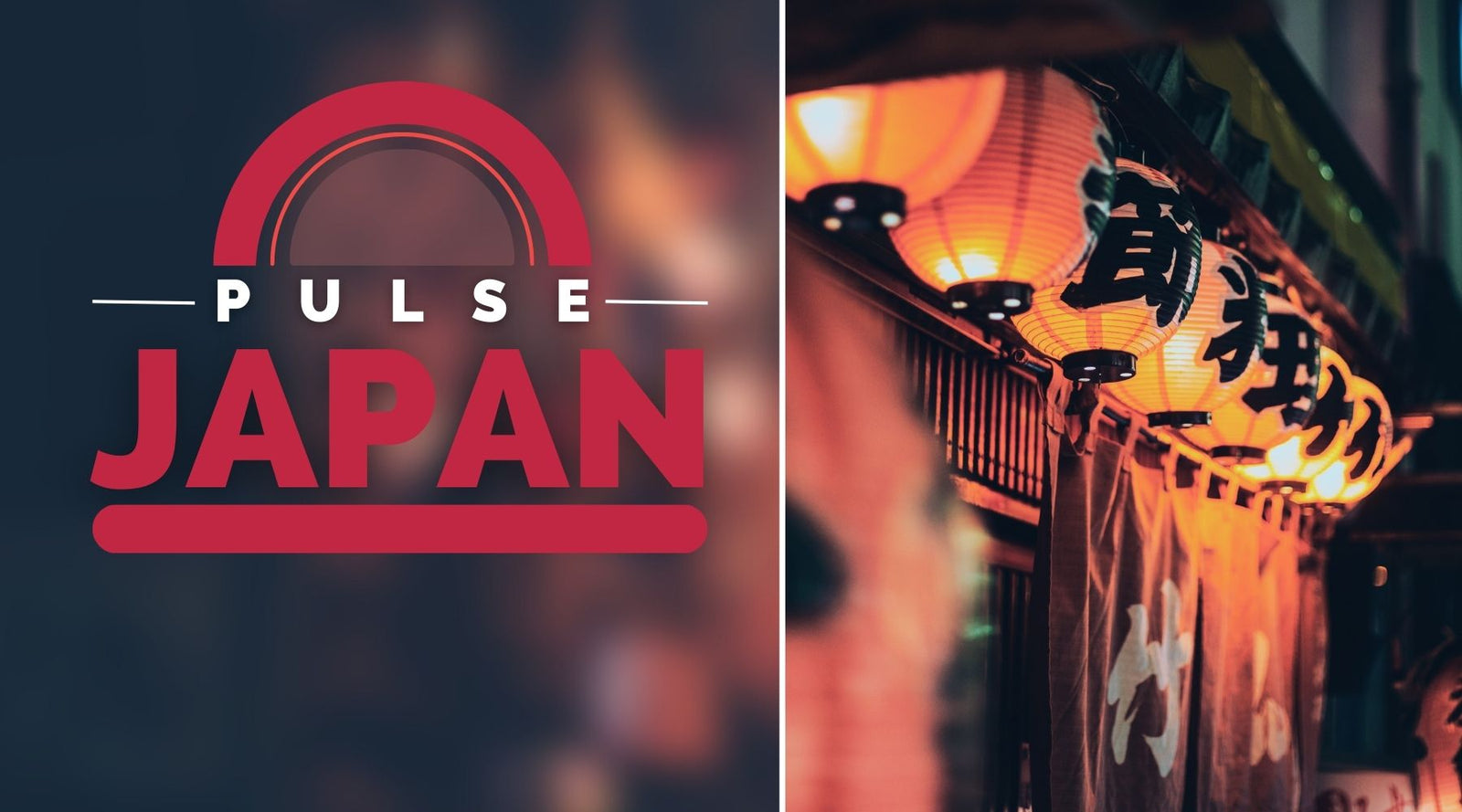
Embracing the rich traditions of Japan as a foreigner can be a life-changing experience. By immersing yourself in the customs and practices that have been passed down through generations, you open the door to a world of cultural enlightenment and personal growth. Japan is a country steeped in history and tradition, and as a foreigner, you have the unique opportunity to explore and appreciate the beauty and significance of these customs firsthand.
When you take the time to learn about and participate in Japanese traditions, you gain a deeper understanding and appreciation for the country's culture. You begin to see the world through a different lens, one that is shaped by centuries of history and a deep respect for harmony, discipline, and mindfulness. By embracing these traditions, you not only broaden your horizons but also foster a greater sense of connection and understanding between yourself and the Japanese people.
In this blog post, we will explore seven specific Japanese traditions that foreigners can embrace to enrich their cultural experiences. From the serene and meditative practice of the tea ceremony to the lively and colorful festivities of matsuri, each tradition offers a unique glimpse into the heart and soul of Japan. By delving into these customs, you will gain a greater appreciation for the country's rich cultural heritage and the values that have shaped its society for generations.
As you read through each section, keep an open mind and a willingness to step outside of your comfort zone. Embracing new traditions can be challenging at times, but the rewards are immeasurable. By immersing yourself in the customs and practices of Japan, you will not only expand your cultural horizons but also foster a greater sense of understanding and respect for the country and its people.
So, let us embark on this journey together, exploring the fascinating world of Japanese traditions and the many ways in which they can enrich our lives as foreigners in this beautiful and captivating country.
The Art of Tea Ceremony
Delving into the rich cultural tapestry of Japan, one cannot overlook the profound significance of the traditional tea ceremony. This ancient ritual, known as Sadō or Chanoyu, is a quintessential embodiment of the values that lie at the heart of Japanese society: harmony, respect, purity, and tranquility. Far more than a simple act of preparing and consuming tea, the ceremony is a spiritual journey that invites participants to embrace mindfulness and forge deep connections with one another.
A Meditative Ritual
The Japanese tea ceremony is a meticulously choreographed ritual that transforms the simple act of drinking tea into a meditative experience. Each step, from the graceful movements of the host to the placement of the utensils, is imbued with purpose and symbolism. Through this mindful process, participants are encouraged to let go of the distractions and worries of the outside world, allowing themselves to be fully present in the moment.
The Way of Tea
At the core of the tea ceremony lies the philosophy of "the way of tea," or Chadō. This concept encompasses not only the practical aspects of preparing and serving tea but also the spiritual and aesthetic principles that guide the practice. By embracing Chadō, participants cultivate a deep appreciation for the beauty of simplicity, the imperfections of life, and the fleeting nature of existence.
The Role of Matcha
Central to the Japanese tea ceremony is the use of matcha, a finely ground green tea powder. Unlike other teas, matcha is consumed in its entirety, allowing participants to fully absorb its nutrients and subtle flavors. The preparation of matcha is an art in itself, requiring skill, concentration, and a deep understanding of the tea's unique properties. As the host whips the powder into a frothy, jade-green elixir, guests are invited to appreciate the beauty and craftsmanship of the process.
Through the tea ceremony, participants not only savor the delicate taste of matcha but also engage in a shared experience that fosters a sense of unity and understanding. As they sip from the same bowl, guests and hosts alike are reminded of the interconnectedness of all things and the importance of cherishing the present moment.
Embracing Japanese Cuisine
A culinary journey through Japan is an adventure for the senses, offering a diverse array of flavors, textures, and presentation styles that have captivated food enthusiasts worldwide. From the delicate art of sushi-making to the comforting warmth of a bowl of ramen, Japanese cuisine is a testament to the country's rich cultural heritage and its dedication to perfection in every dish.
When exploring the world of Japanese gastronomy, it's impossible not to mention sushi, the iconic dish that has become synonymous with the nation's culinary prowess. Sushi, in its various forms, showcases the Japanese reverence for fresh, high-quality ingredients and the skillful techniques of seasoned sushi chefs. Whether you prefer the classic simplicity of nigiri-zushi or the creative flair of maki-zushi rolls, each bite is a celebration of the harmony between rice, fish, and nori (seaweed).
Beyond sushi, ramen has emerged as another beloved Japanese dish that has taken the world by storm. This humble bowl of noodles served in a savory broth and topped with an array of ingredients like chashu pork, soft-boiled egg, and bamboo shoots, has become a global sensation. From the rich, creamy tonkotsu ramen of Fukuoka to the lighter, soy-based shoyu ramen of Tokyo, each regional variation tells a unique story of local flavors and traditions.
For those seeking a crispy, golden delight, tempura is a must-try. This Japanese culinary art involves lightly battering and deep-frying seafood, vegetables, and even fruits, resulting in a light, crisp exterior that gives way to a tender, flavorful interior. Tempura is often served with a side of tentsuyu, a dipping sauce made from dashi (fish and seaweed stock), mirin (sweet rice wine), and soy sauce, adding an extra layer of umami to the dish.
Dining Etiquette in Japan
When dining in Japan, it's important to be mindful of the country's unique dining customs and etiquette. One notable aspect is the use of chopsticks, which are not only utensils but also symbols of respect and gratitude. Proper chopstick etiquette includes avoiding certain taboos, such as passing food from one pair of chopsticks to another or sticking chopsticks upright in a bowl of rice, as these actions are associated with funeral rituals.
Another essential part of Japanese dining culture is the expression "itadakimasu," which is said before beginning a meal. This phrase expresses gratitude for the food and the efforts of those who prepared it. After finishing the meal, it is customary to say "gochisousama deshita," thanking the host for the delicious food and their hospitality.
In conclusion, embracing Japanese cuisine is not only about savoring the delectable dishes but also about immersing oneself in the rich cultural traditions that surround the dining experience. By exploring the diverse flavors, techniques, and customs of Japanese gastronomy, one can gain a deeper appreciation for the country's culinary heritage and the artistry that goes into every plate. So, whether you find yourself in a cozy izakaya, a bustling ramen shop, or a refined sushi restaurant, remember to approach each meal with an open mind, a curious palate, and a heartfelt "itadakimasu."
Experiencing Hanami - Cherry Blossom Viewing
Springtime in Japan is a magical season, with the arrival of the beloved cherry blossoms, or sakura. The fleeting beauty of these delicate pink and white flowers has captured the hearts of the Japanese people for centuries, and the tradition of hanami, or cherry blossom viewing, is an essential part of the country's cultural heritage.
The significance of hanami goes beyond mere appreciation of natural beauty. The cherry blossoms serve as a reminder of the transient nature of life, a concept deeply rooted in Japanese philosophy. The flowers bloom brilliantly for a short period, usually no more than two weeks, before falling gracefully to the ground. This ephemeral quality is seen as a metaphor for the fleeting nature of human existence, encouraging people to cherish the present moment.
During the peak of the blooming season, the Japanese people and tourists alike attend festivals and engage in hanami picnics beneath the cherry trees. Friends, family, and colleagues gather together, spreading out blankets and enjoying food and drink while admiring the stunning floral display above. It's a time for celebration, relaxation, and reflection.
Best Spots and Times for Hanami
While cherry blossoms can be found throughout Japan, some locations are particularly renowned for their stunning displays. Some of the best spots include:
-
Hirosaki Castle Park in Hirosaki
-
Shinjuku Gyoen in Tokyo
-
Mitsuike Koen in Yokohama
-
Chureito Pagoda in the Fuji Five Lakes region
The timing of the cherry blossom season varies depending on the location and weather conditions. Generally, the blooms start in the southern regions of Japan, such as Okinawa, in late January or early February, and gradually move northward, reaching Tokyo and Kyoto in late March or early April. In northern areas like Hokkaido, the blossoms may not appear until early May.
Symbolism and Cultural Significance
Cherry blossoms hold deep symbolic meaning in Japanese culture. Beyond representing the fleeting nature of life, they also symbolize renewal and hope. The arrival of the blossoms marks the beginning of spring, a time of new beginnings and fresh starts.
In Japanese art and literature, cherry blossoms are often used as a symbol of beauty, purity, and simplicity. They have inspired countless poems, paintings, and songs throughout history, cementing their place as an integral part of the nation's cultural identity.
Experiencing hanami is not just a visual delight; it's an opportunity to immerse oneself in a cherished Japanese tradition. As you sit beneath the gently falling petals, surrounded by the laughter and chatter of those around you, it's easy to understand why this custom has endured for so long. It's a reminder to pause, appreciate the beauty of the moment, and embrace the ephemeral nature of life itself.
Wearing Yukata and Participating in Matsuri
Imagine yourself strolling through the lively streets of Japan during the summer months, surrounded by the vibrant colors and festive atmosphere of a matsuri (festival). As you take in the sights and sounds, you'll notice many people wearing a traditional Japanese garment called yukata. These lightweight cotton robes, often adorned with beautiful patterns and bright colors, are a staple of summer festivals in Japan.
Yukata, which translates to "bathing cloth," were originally worn as bathrobes after taking a dip in the onsen (hot springs). However, over time, they have evolved into a popular choice of attire for attending summer events and festivals. Unlike the more formal kimono, yukata are casual and comfortable, making them perfect for enjoying the warm weather and festive atmosphere.
The Art of Wearing Yukata
Wearing a yukata may seem daunting at first, but with a little practice, you'll be able to don this traditional garment like a pro. The key is to wrap the left side of the yukata over the right side and secure it with an obi (sash). Men's yukata have shorter sleeve extensions compared to women's, and the obi is usually tied in a simpler knot. Women's yukata often feature more intricate patterns and are paired with a decorative obi tied in a bow at the back.
When wearing a yukata, it's important to remember a few essential tips:
-
Choose a yukata that fits well and is comfortable to move in
-
Avoid wearing a bra underneath, as it can alter the shape of the yukata
-
Opt for geta (wooden sandals) or zori (flat sandals) without socks
-
Accessorize with a kinchaku (small pouch) or a folding fan to complete the look
Immersing Yourself in Matsuri Culture
Matsuri are an integral part of Japanese culture, celebrating everything from local deities to seasonal changes. These festivals are a time for communities to come together, enjoy delicious street food, play traditional games, and watch spectacular fireworks displays. Wearing a yukata to a matsuri adds to the overall experience, allowing you to fully immerse yourself in the festive atmosphere.
As you explore the festival grounds, you'll encounter a variety of activities and attractions. Try your hand at traditional games like goldfish scooping or yo-yo fishing, or indulge in delicious festival foods such as takoyaki (octopus balls), yakisoba (fried noodles), and kakigori (shaved ice). Many matsuri also feature bon-odori, a type of folk dance performed to honor the spirits of ancestors. Don't be afraid to join in and dance alongside the locals – it's all part of the fun!
Embracing the tradition of wearing yukata and participating in matsuri is a wonderful way to experience the rich culture and vibrant spirit of Japan. So, the next time you find yourself in Japan during the summer months, be sure to put on a yukata, head to a festival, and let yourself be swept away by the magic of these timeless traditions.
Respectful Onsen Etiquette
Onsens, or hot springs, are a cherished part of Japanese culture, offering a serene escape from the hustle and bustle of daily life. These natural hot springs are not only a place to relax and unwind but also a space for communal bonding and rejuvenation. As a foreigner, it's essential to understand and respect the etiquette and customs associated with visiting an onsen to ensure a pleasant experience for yourself and others.
The Cultural Significance of Onsens
In Japan, onsens are more than just a place to take a bath. They are deeply rooted in the country's history and tradition, with many hot springs boasting centuries-old legacies. The mineral-rich waters are believed to have healing properties, treating various ailments and promoting overall well-being. Visiting an onsen is a way to connect with nature, purify the body and mind, and embrace the essence of Japanese culture.
Etiquette and Customs to Observe
When visiting an onsen, there are certain etiquette and customs to keep in mind:
-
Remove all clothing and accessories before entering the bathing area, as swimsuits and towels are not allowed in the water.
-
Thoroughly cleanse your body at the shower area before entering the hot spring to maintain the water's purity.
-
Tie up long hair to prevent it from touching the water.
-
Speak softly and avoid splashing or disturbing other bathers.
-
Do not bring food, drinks, or electronic devices into the bathing area.
-
Be mindful of any posted rules or signs, as each onsen may have specific guidelines.
Remember, onsens are a place of tranquility and relaxation, so it's crucial to be respectful of others and maintain a peaceful atmosphere.
The Relaxing and Communal Experience
Soaking in an onsen is a truly immersive experience that engages all the senses. As you slip into the warm, mineral-rich waters, you can feel your muscles relax and your stress melt away. The steam rising from the hot spring creates a misty, ethereal atmosphere, while the sound of trickling water and the gentle rustling of leaves provide a soothing soundtrack. Onsens are also a place for communal bonding, where people come together to unwind and connect. It's not uncommon to strike up a conversation with fellow bathers, sharing stories and experiences while soaking in the healing waters. This sense of community and shared experience is a unique aspect of onsen culture that adds to the overall feeling of relaxation and rejuvenation. Whether you're visiting a rustic, outdoor onsen surrounded by nature or a modern, indoor facility with various amenities, the experience of soaking in a Japanese hot spring should not be missed. By understanding and respecting the etiquette and customs associated with onsens, you can fully immerse yourself in this beloved aspect of Japanese culture and emerge feeling refreshed, renewed, and deeply connected to the world around you.
Learning Calligraphy - Shodo
For those seeking to immerse themselves in the beauty and depth of Japanese culture, learning the art of calligraphy, known as shodo, is an enriching pursuit. Shodo is more than just writing; it is a meditative practice that combines artistry, self-expression, and spiritual discipline. By exploring the history and techniques of this ancient art form, one can gain a deeper appreciation for the cultural heritage of Japan.
The roots of Japanese calligraphy can be traced back to the 6th century when the Chinese writing system, known as kanji, was introduced to Japan along with Buddhism. At the time, Japan had no written language of its own, so the Chinese characters were adapted to represent the spoken Japanese language. Over the centuries, the art of calligraphy flourished in Japan, with many emperors, scholars, and Zen priests mastering the skill and creating works of great beauty and spiritual significance.
One of the unique aspects of Japanese calligraphy is the development of hiragana, a native script that emerged alongside kanji. Hiragana, often referred to as "women's hand" or onna-de, is characterized by its elegant and flowing strokes. It was particularly well-suited for writing Japanese poetry and added a distinctive grace to calligraphic works. The combination of kanji and hiragana in styles such as remmen-tai and chōwa-tai created a harmonious blend of form and meaning that is quintessentially Japanese.
Learning shodo is a journey of self-discovery and discipline. It requires patience, focus, and a deep appreciation for the subtle nuances of each brush stroke. The tools of the trade - the brush, ink, and paper - become extensions of the calligrapher's mind and heart. Each character is carefully crafted, with attention paid to the balance, spacing, and energy of the strokes. The result is a work of art that captures the essence of the words and the spirit of the calligrapher.
For those eager to embrace this traditional art form, there are many resources available. Calligraphy classes, workshops, and online tutorials can provide guidance and inspiration. Studying the works of master calligraphers and practicing regularly are key to developing one's skills. As with any art form, the joy of shodo lies in the process as much as the final product. Each stroke is an opportunity for mindfulness, self-expression, and connection with a rich cultural heritage.
Conclusion
Throughout this blog post, we've explored a fascinating array of Japanese traditions that offer unique opportunities for cultural immersion and personal growth. From the serene art of the tea ceremony to the vibrant festivities of matsuri, each custom provides a glimpse into the rich tapestry of Japanese culture.
By delving into these traditions, we've discovered the deep-rooted values and philosophies that shape Japanese society. The tea ceremony, for instance, embodies the principles of harmony, respect, purity, and tranquility, while the practice of shodo calligraphy encourages self-expression and mindfulness. Engaging in these customs allows us to cultivate a greater appreciation for the beauty and nuances of Japanese culture.
As foreigners, embracing these traditions can be a transformative experience. It challenges us to step outside our comfort zones, open our minds to new perspectives, and develop a deeper understanding of a culture that may be vastly different from our own. By immersing ourselves in the customs of another society, we not only broaden our horizons but also foster a sense of empathy and respect for diversity.
Moreover, participating in Japanese traditions provides an opportunity for meaningful cultural exchange. When we engage with locals during festivals, tea ceremonies, or calligraphy classes, we create bridges of understanding and friendship. These interactions allow us to share our cultural backgrounds while learning from the experiences and insights of others.
In an increasingly interconnected world, embracing cultural traditions has never been more important. By celebrating the unique customs of Japan, we contribute to a global dialogue that promotes mutual respect, understanding, and appreciation. We recognize that our differences are not barriers but rather opportunities for growth and connection.
So, as you embark on your journey to Japan or seek to deepen your understanding of its culture, I encourage you to approach these traditions with an open heart and a curious mind. Embrace the opportunity to immerse yourself in the customs that have shaped Japanese society for centuries. Let the tea ceremony teach you mindfulness, allow the cherry blossoms to remind you of the fleeting nature of life, and let the strokes of shodo calligraphy guide you towards self-discovery.
Remember, embracing Japanese traditions is not about perfection or mastery. It's about the willingness to learn, to grow, and to connect with others on a deeper level. So, take that first step, whether it's attending a tea ceremony, wearing a yukata at a festival, or trying your hand at calligraphy. Each experience will enrich your understanding of Japan and its people, and perhaps even teach you something new about yourself.
As we conclude this exploration of Japanese traditions, I leave you with a simple yet profound message: embrace the unknown, celebrate diversity, and let the customs of Japan inspire you to become a more open-minded, compassionate, and culturally aware individual. In doing so, you'll not only enhance your own life but also contribute to a world that values understanding, respect, and harmony.












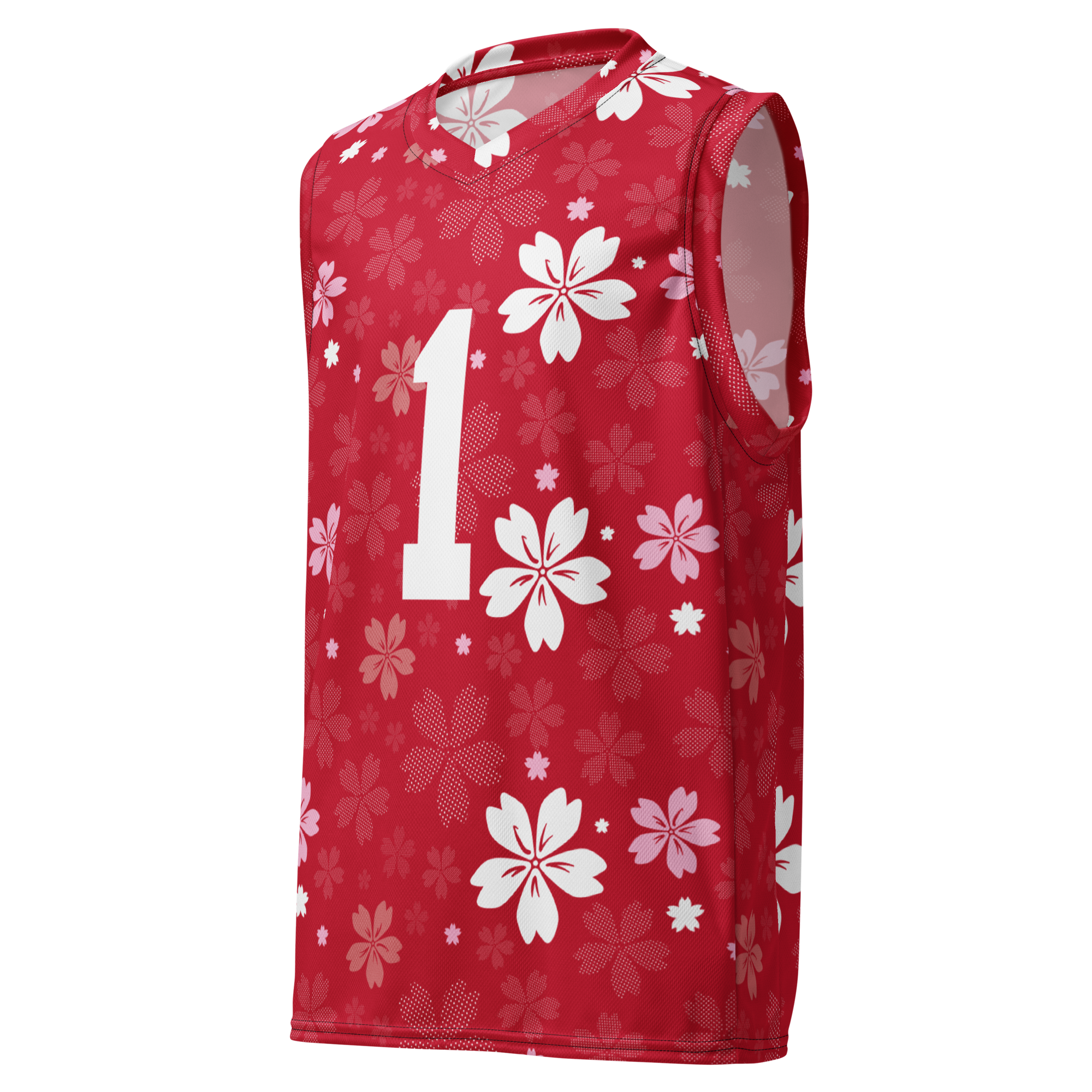
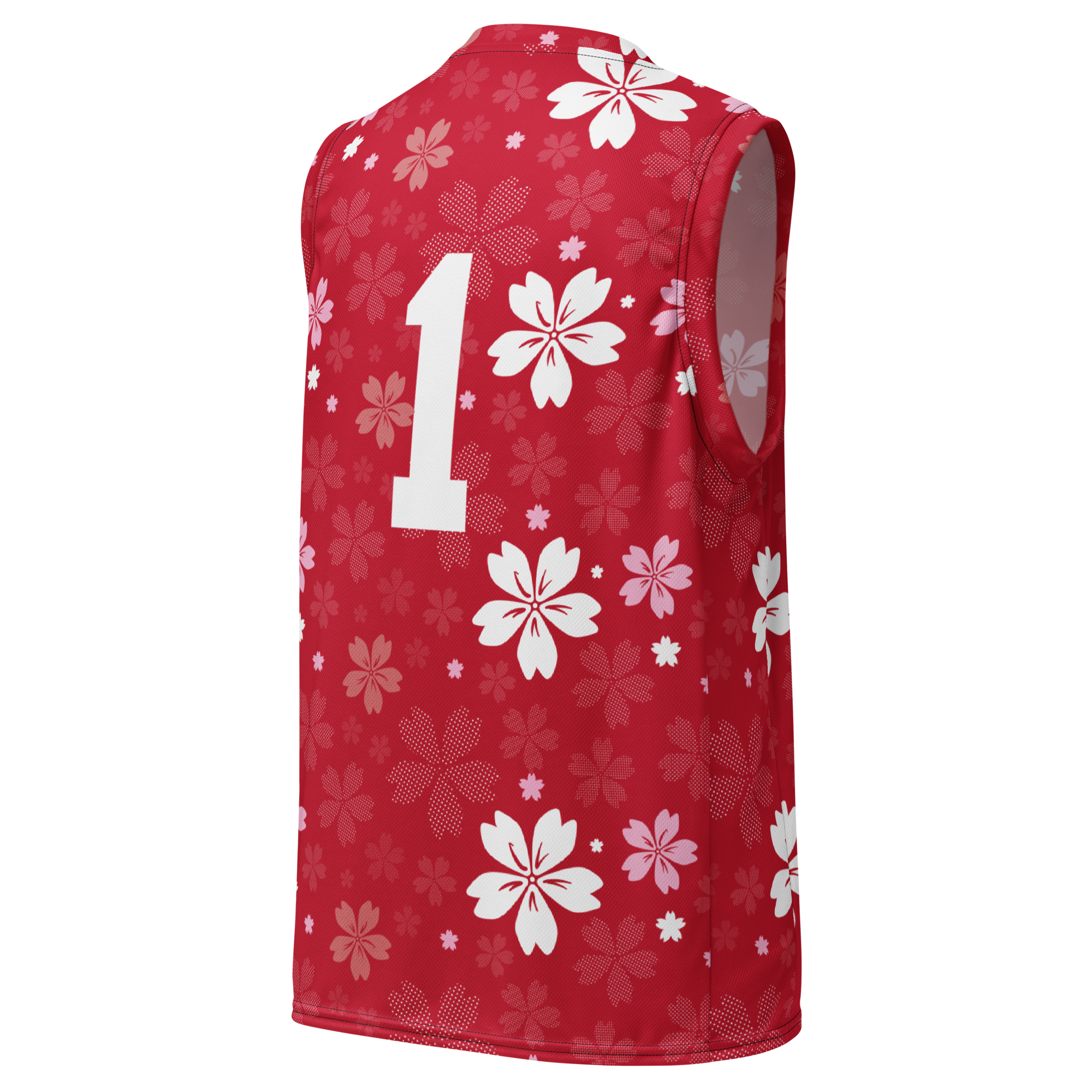








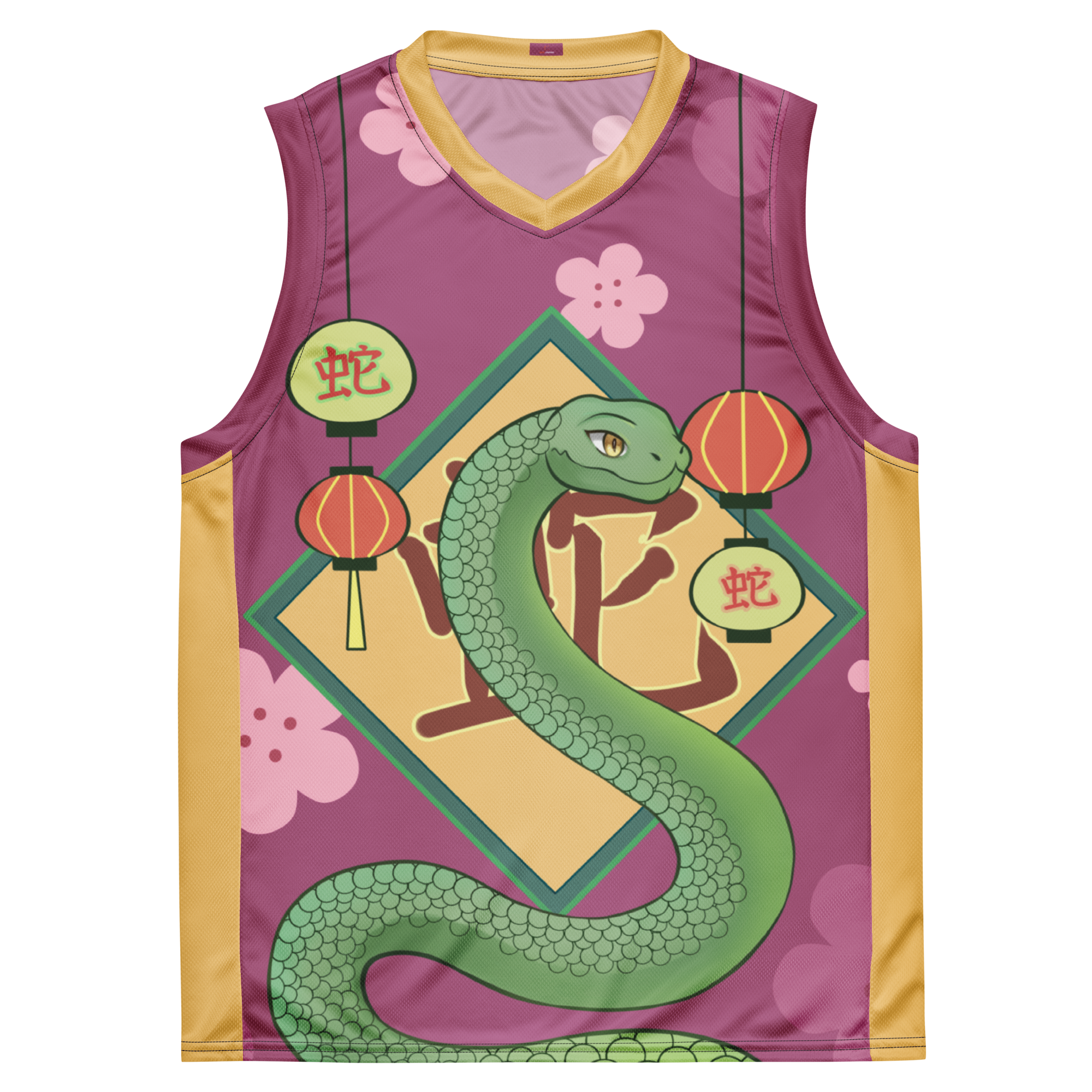
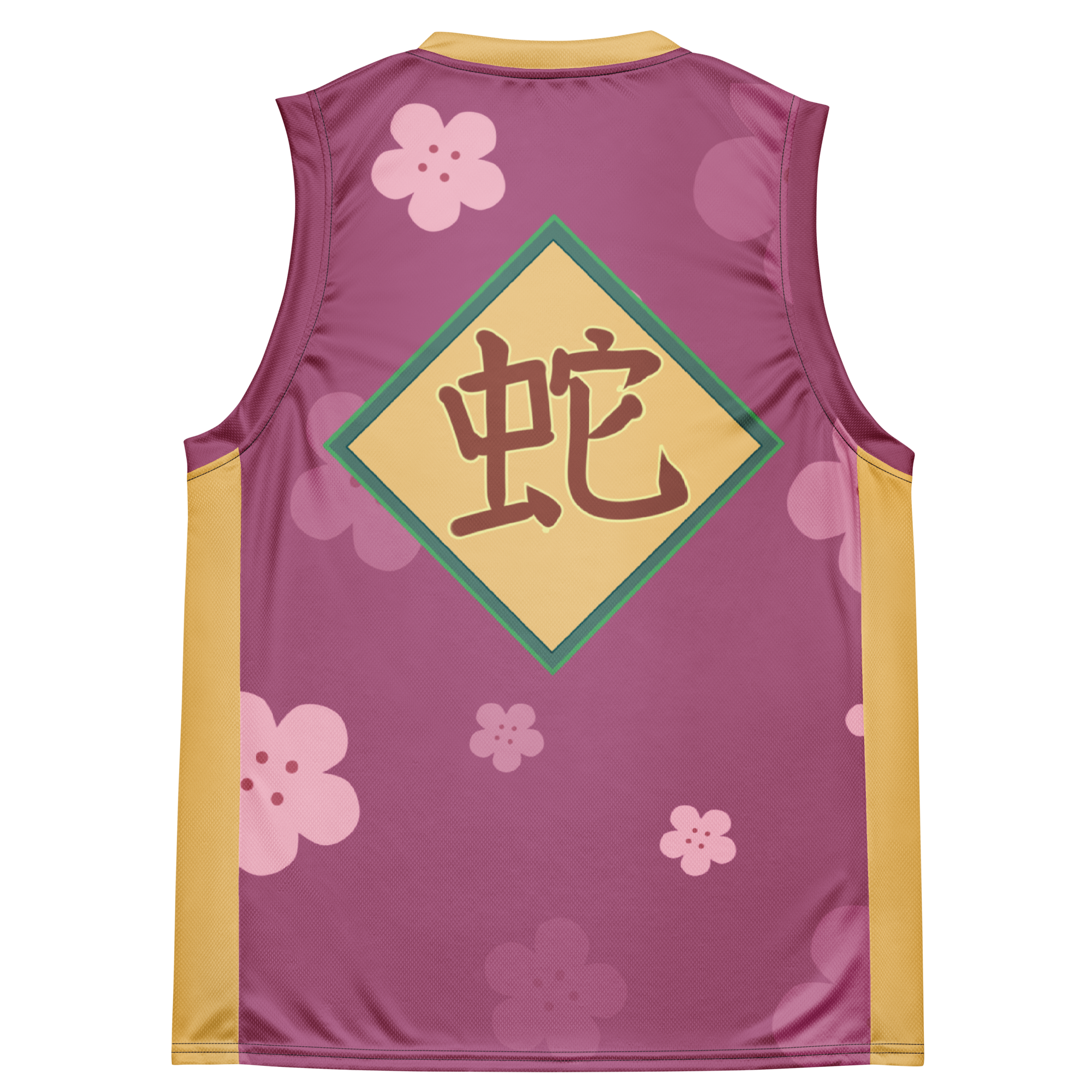
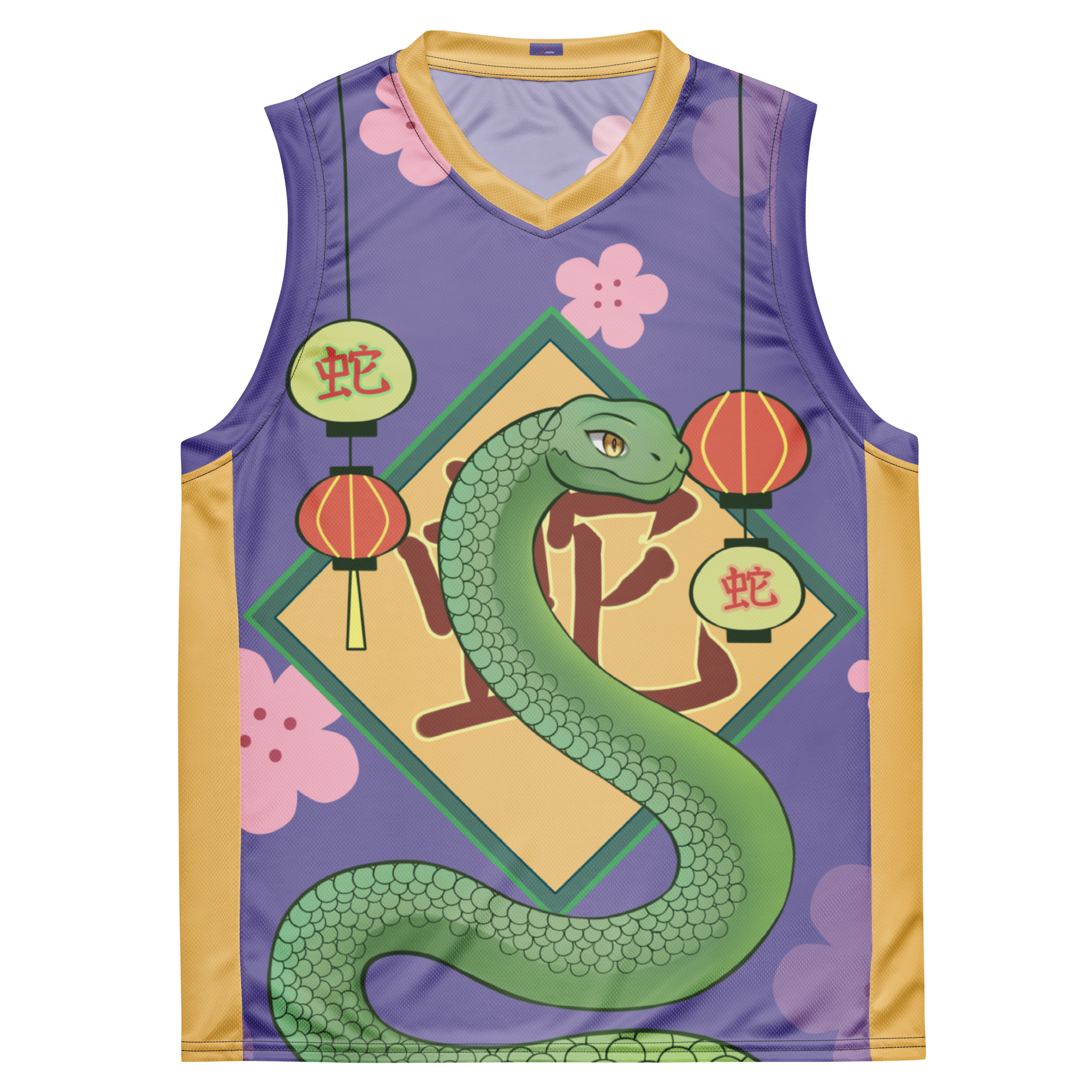
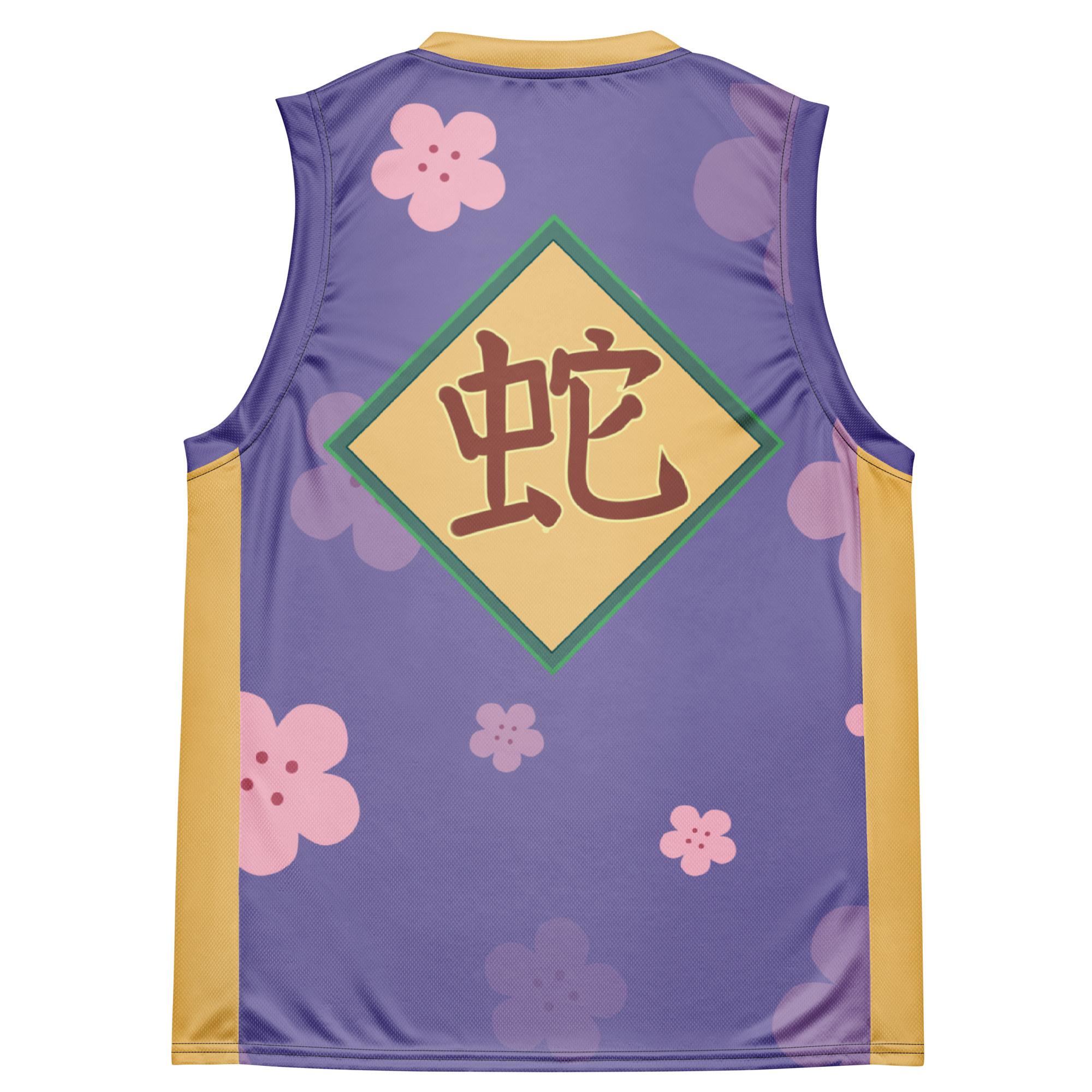
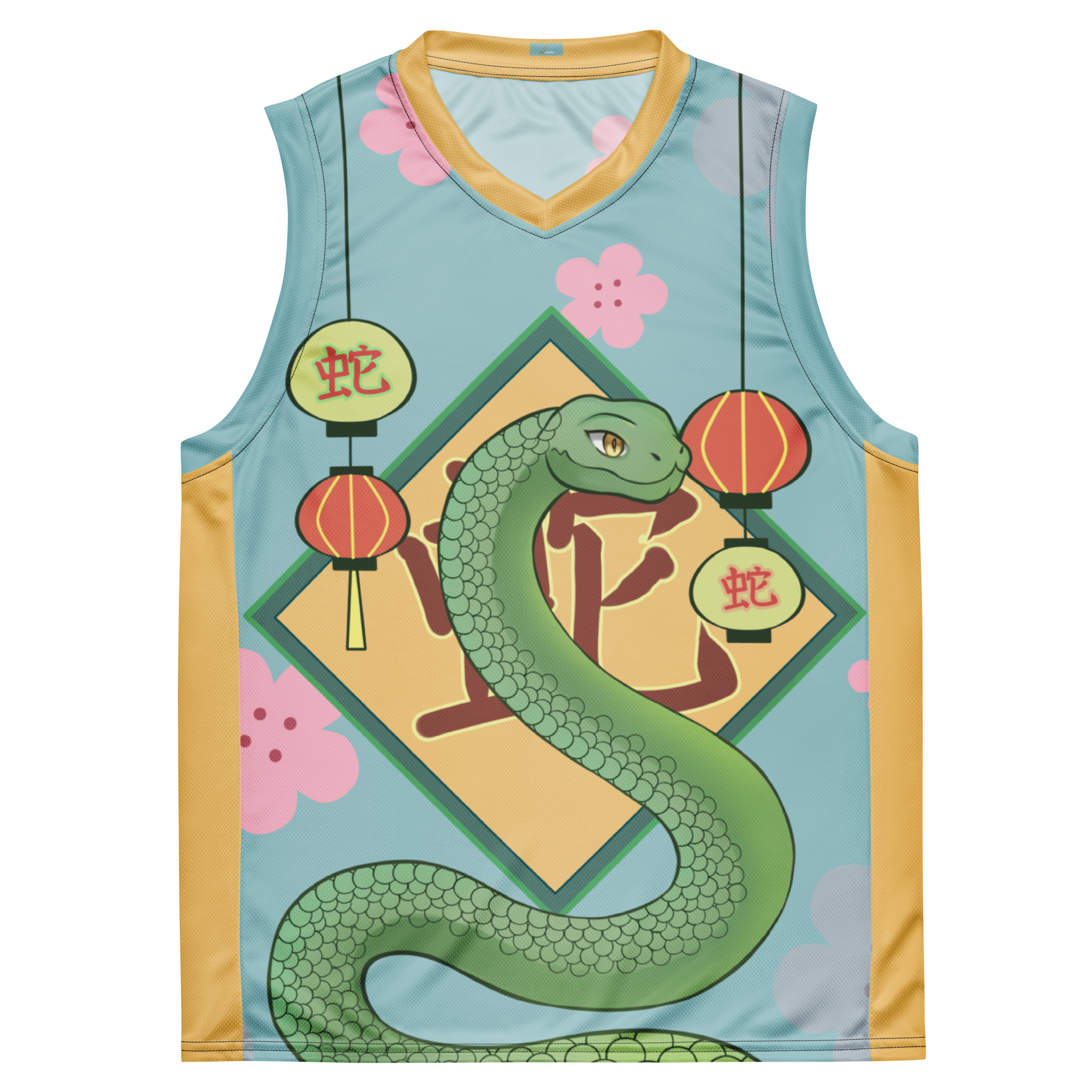
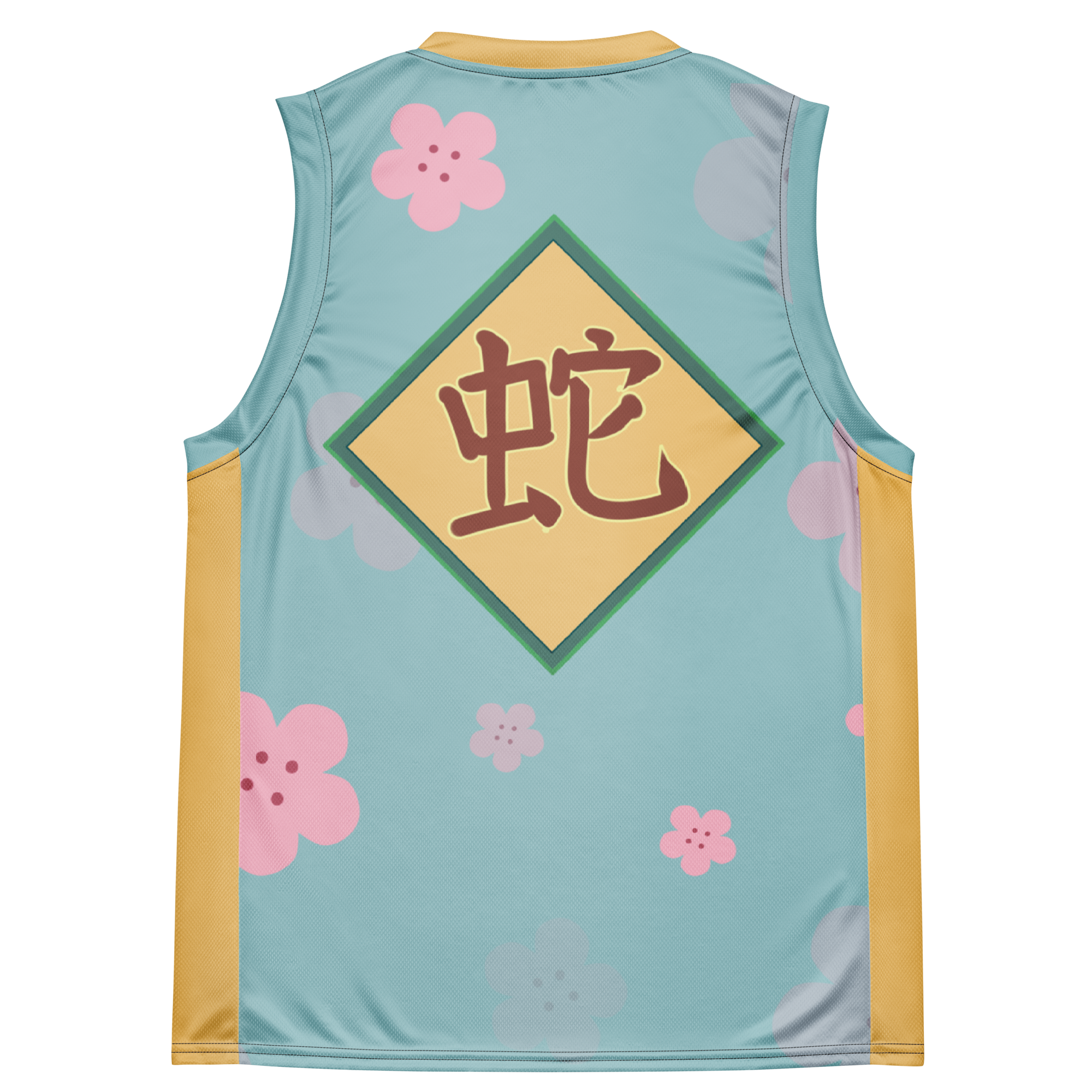












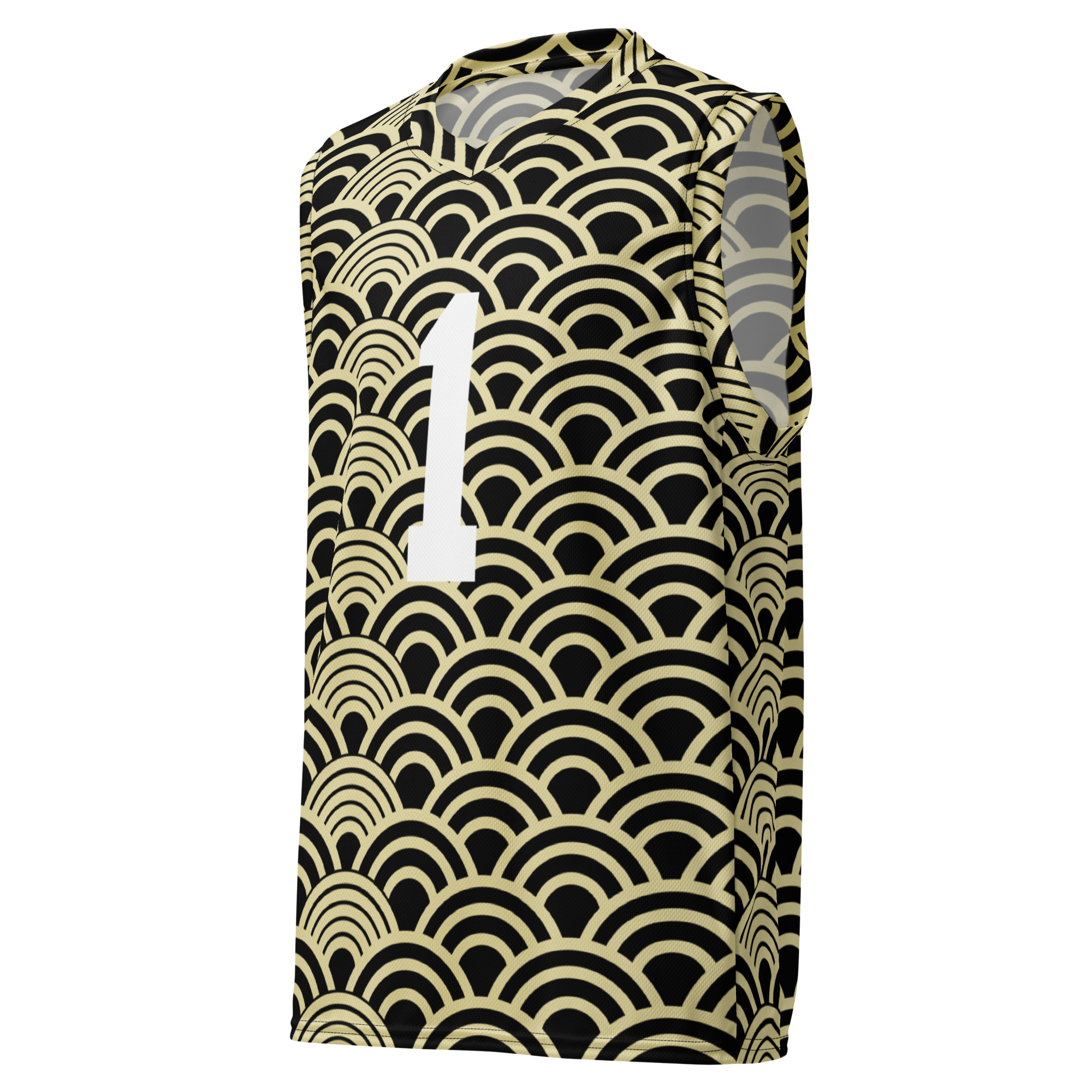
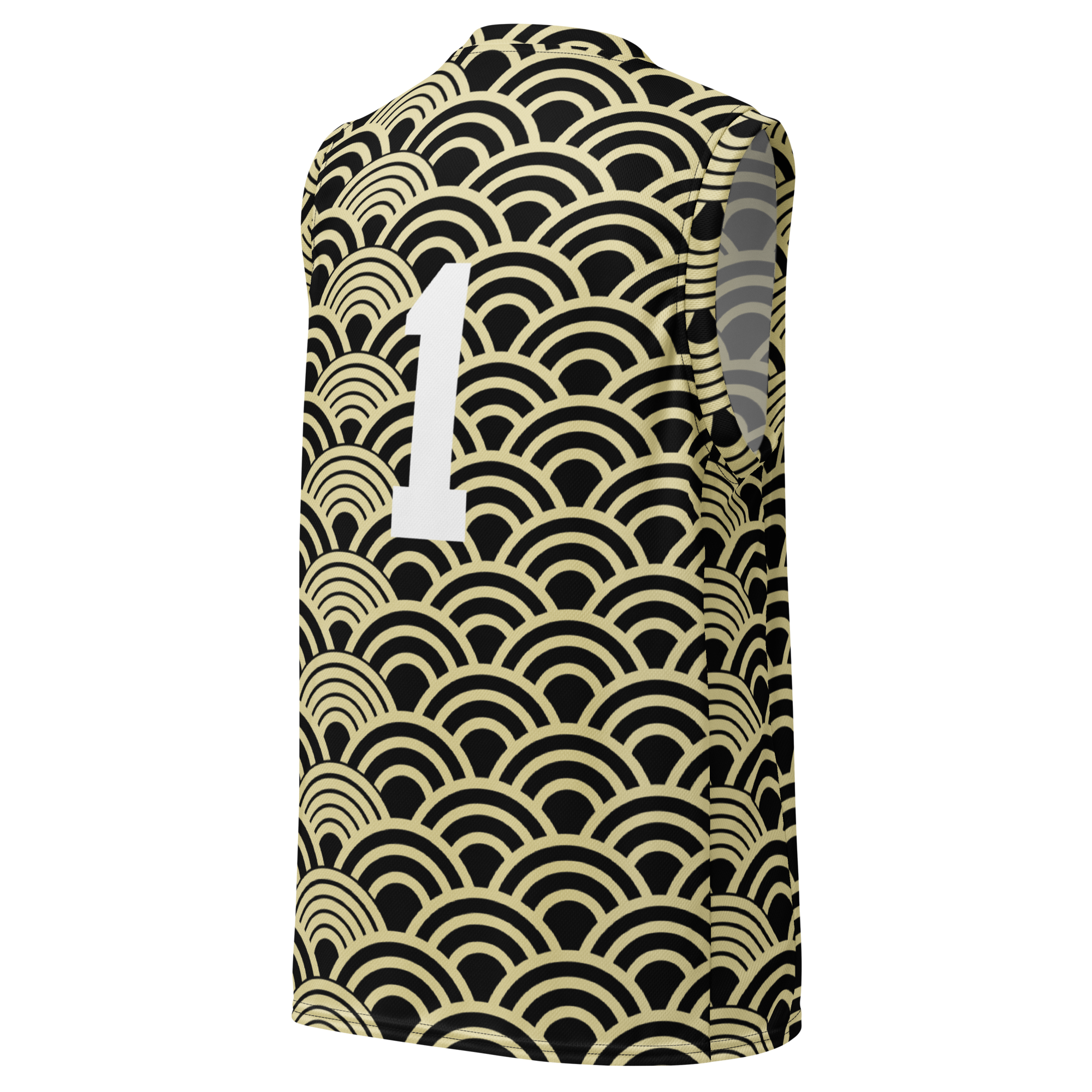
Dejar un comentario